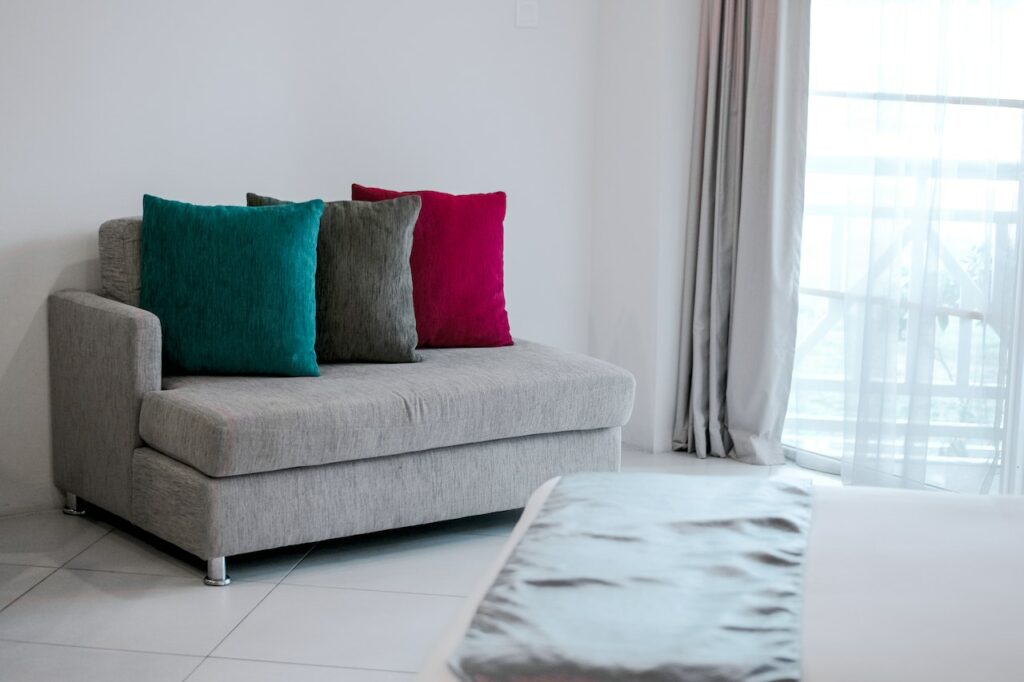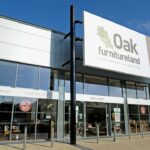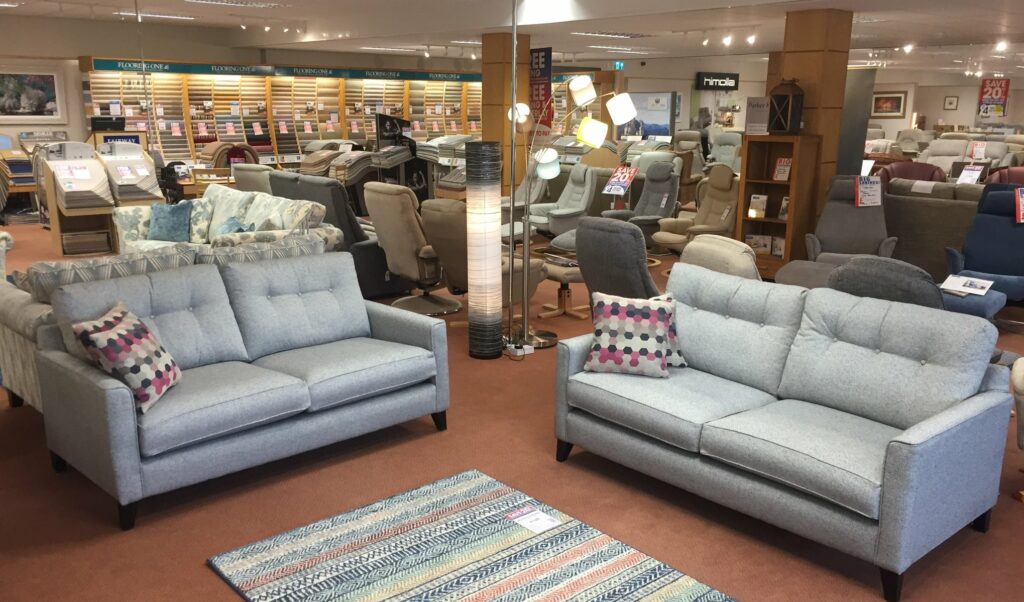Furniture retail sales decreased during October on last month but rose against an annual comparison.
According to the latest data from the Office for National Statistics, furniture and lighting retail sales fell 12.7% to £1.37bn from £1.57bn in September. Compared to the previous year, sales were up 2.2% from £1.34bn.
Floorcovering retail sales also fell month-on-month, down by 16% to £230.8m from £274.8m. Compared to the same time last year, sales decreased by 0.9% from £233m.
Total non-food stores sales volumes (the total of department, clothing, household and other non-food stores) fell by 0.2% in October 2023, from a fall of 2.1% in September 2023. Retailers suggested that cost of living, reduced footfall and the wet weather contributed to the fall.
Within non-food, household goods stores sales volumes fell by 1.1% in October 2023, mainly because of a fall from furniture stores. Department stores sales volumes fell by 0.1% in October 2023, with some retailers suggesting this was because of a drop in consumer confidence.
Overall, total retail sales volume (quantity bought) in October fell by 2.7%, while the value (amount spent) increased by 2.2% to £39.6bn year-on-year. On a monthly comparison, volumes were down 0.3%, with the value spent up by 0.1%.
Online spending values fell by 1.2% from September to October 2023, with falls across all sectors except non-store retailing.
As the monthly fall in the value of online retail was larger than the monthly fall in the value of total retail, the proportion of online sales also fell, from 26.9% in September 2023 to 26.6% in October 2023.
The proportion of online sales is broadly consistent with the average of the preceding 12 months (26.5%) and substantially above pre-coronavirus (COVID-19) pandemic levels (19.7% in February 2020).
Commenting on the retail sales figures for October, Heather Bovill, Deputy Director for Surveys and Economic Indicators at the ONS, said: “Retail sales fell again in October to their lowest level since February 2021 when widespread lockdown restrictions were in place. After rebounding in September, fuel sales dipped with increasing prices discouraging customers, while food sales also dropped as consumers prioritised essential goods.
“It was another poor month for household goods and clothes stores with these retailers reporting that cost-of-living pressures, reduced footfall and poor weather hit them hard. However, it was a better month for online retailers, the only main sector to report growth in October.”
Responding to the latest ONS Retail Sales Index figures, Helen Dickinson, Chief Executive of the British Retail Consortium, said: “With consumer confidence weakening due to higher mortgage and rental costs, sales growth in October slowed. More expensive purchases, such as laptops and electrical appliances continued to not perform well and Christmas spend took off to a slower start as households held out for Black Friday bargains. Meanwhile, cosmetics and toiletries had another strong month, due to the “Lipstick Effect”- where the high cost of living meant people spent more on smaller indulgences.
“Retailers are committed to delivering an affordable and festive Christmas for their customers, and are continuing to invest in lowering prices. But, their efforts are put at risk by the £480m-a-year increase to business rates from April 2024. The Chancellor must prioritise freezing rates in the Autumn Statement next week, or else this added cost pressure will likely push up prices for hard-pressed households.”















